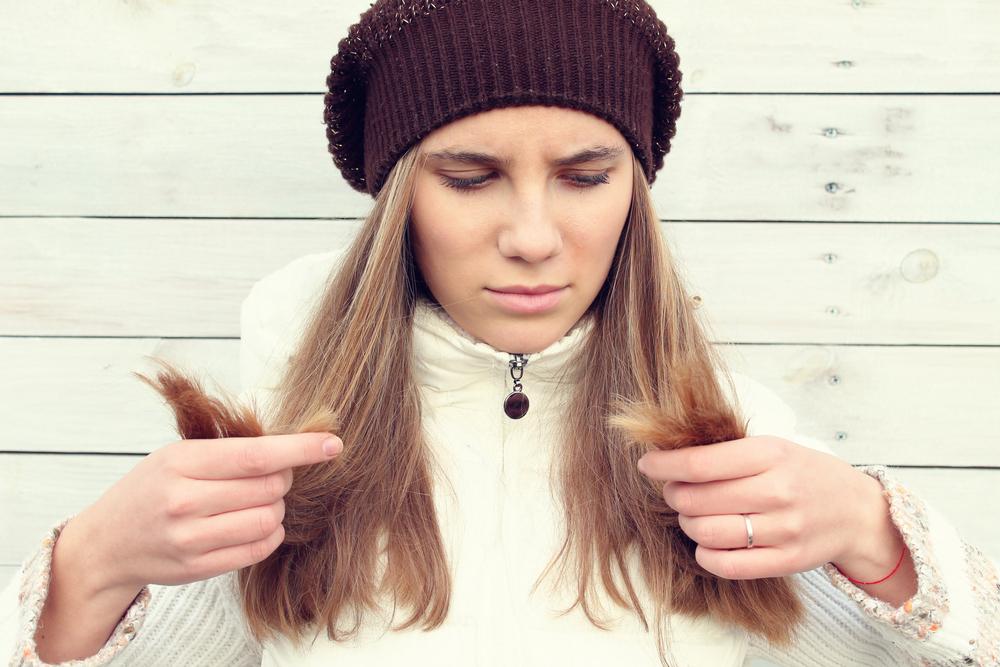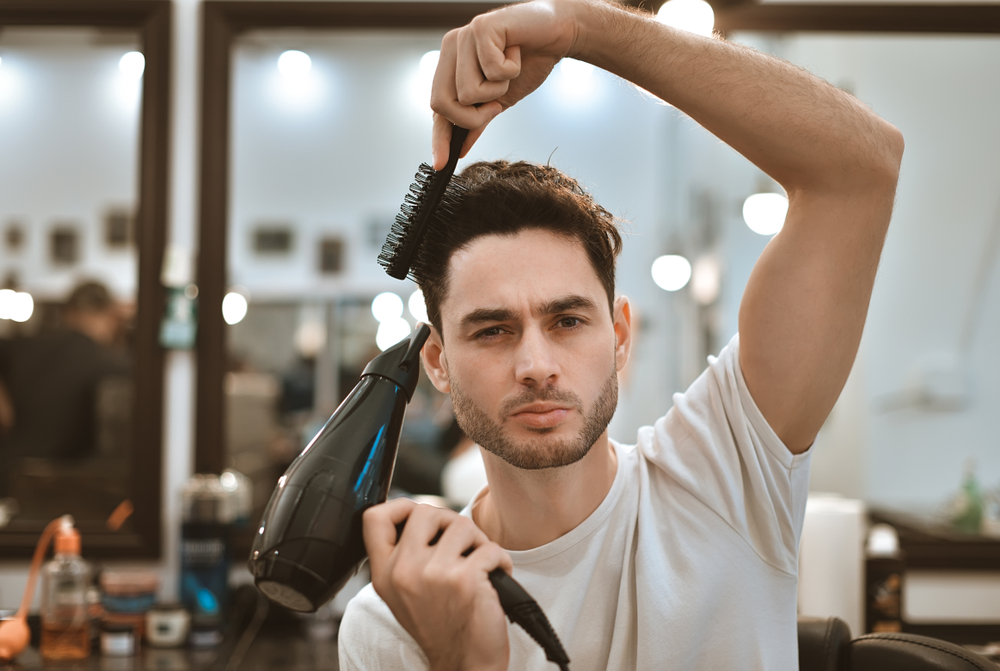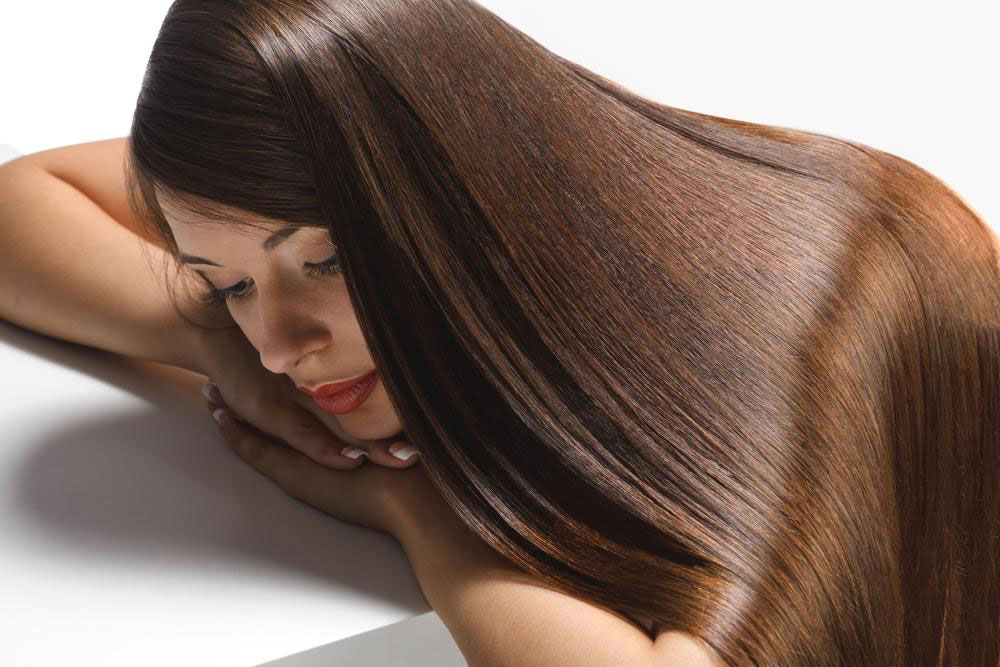Comprehensive Guide to Healthy Hair Care: Tips for Vibrant and Strong Hair
Discover comprehensive hair care strategies that are simple yet highly effective for all hair types. Learn the importance of avoiding over-washing, mastering proper conditioning techniques, and adopting better styling practices to maintain healthy, shiny hair. This detailed guide emphasizes gentle routines, heat protection, and the importance of professional consultation for hair loss. Improve your hair’s health with practical daily tips designed to prevent damage and promote natural beauty. Achieve vibrant, resilient hair with consistent care and mindful practices tailored to your hair needs.

Your hair is a reflection of your overall health and personal grooming. From effortlessly tousled waves to sleek, straight locks, every hair type has its own unique charm and requires tailored care to maintain its vitality and shine. Maintaining healthy hair involves adopting effective daily routines that prevent damage, promote strength, and enhance natural beauty. Common signs of hair damage, such as dryness, dullness, split ends, breakage, and hair thinning, indicate that your current hair care practices may need improvement. Recognizing these symptoms early allows you to take corrective action and restore your hair’s health. Below, we explore detailed and practical strategies that can help you achieve and maintain beautiful, resilient hair, suitable for all hair types and textures.
Avoid Over-Washing to Preserve Natural Oils
One of the most common mistakes in hair care routine is excessive washing. Frequent shampooing strips away the scalp’s natural oils, which are essential for moisturizing the hair and maintaining its natural shine. Over-washing often leads to dryness, increased frizz, and dull appearance. To keep your hair healthy, it is recommended to limit shampooing to approximately 3 to 4 times per week. This frequency helps strike a balance—cleaning away dirt and excess oils without depriving your hair of its natural moisture. When choosing shampoos, opt for gentle, sulfate-free formulas that do not contain harsh chemicals, especially if you have fragile or chemically treated hair. Using lukewarm water is also vital, as hot water can exacerbate dryness by opening up hair cuticles and stripping away moisture. Regularly assess your hair's response and adjust your washing schedule accordingly, keeping in mind that over-washing can accelerate damage rather than prevent it.
Master the Art of Proper Conditioning
Proper conditioning is crucial for maintaining softness, manageability, and overall hair health. If you notice your roots becoming greasy quickly despite regular washing, focus your conditioner application on the mid-shaft to ends of your hair. This strategy prevents excessive product buildup near the scalp, where natural oils provide sufficient moisture. Also, scalp oils play a significant role in keeping hair hydrated from the root, so avoid applying conditioner directly to the scalp unless specified. After washing, gently pat your hair dry using a soft, absorbent cloth or a cotton towel—rough towel-drying can cause breakage and frizz. Allowing your hair to air dry when possible preserves the cuticle's integrity, reducing damage caused by high heat. When blow-drying or using styling tools, always apply a heat protectant to shield your hair from thermal stress, which can weaken hair strands over time. Proper conditioning and careful drying techniques are foundational to achieving smooth, shiny hair that looks healthy every day.
Adopt Intelligent Styling Practices
Frequent use of heat styling tools such as straighteners, curling irons, and blow dryers can significantly weaken hair if not used responsibly. Excess heat damages the hair cuticle, leading to brittle strands, split ends, and increased breakage. To minimize these adverse effects, always apply a high-quality heat protectant serum or spray before using any hot styling tools. Additionally, avoid styling damp hair, as wet strands are more vulnerable to heat-induced damage. When possible, opt for air drying or natural styling methods instead of high heat. If you need to blow dry your hair, choose the cool or low heat setting and keep the styling tool at a safe distance from your scalp and hair strands. Limiting heat styling to special occasions or reducing frequency can make a significant difference in maintaining hair strength and shine over time. Investing in good quality styling tools that have adjustable temperature controls can also help you prevent unnecessary damage while achieving your desired look.
If you notice persistent hair loss or thinning, consult a healthcare professional or a trichologist. Often, underlying medical issues such as nutritional deficiencies, hormonal imbalances, or scalp conditions contribute to hair problems. Proper diagnosis and appropriate treatment plans—including dietary adjustments, supplements, or medical interventions—are essential for promoting hair regeneration and preventing further loss. Besides internal factors, adopting a balanced lifestyle with a nutritious diet, adequate hydration, and stress management can significantly improve hair health. Remember, consistent care routines coupled with professional advice form the foundation of healthy, vibrant hair.
By integrating these simple yet effective hair care strategies into your daily routine, you can significantly improve your hair’s health and appearance. Whether you have curly, straight, oily, or dry hair, these tips are adaptable and designed to enhance your hair’s natural beauty. Regular maintenance, gentle handling, and mindful styling will ensure your hair remains strong, shiny, and full of life, enabling you to look and feel your best every day.





